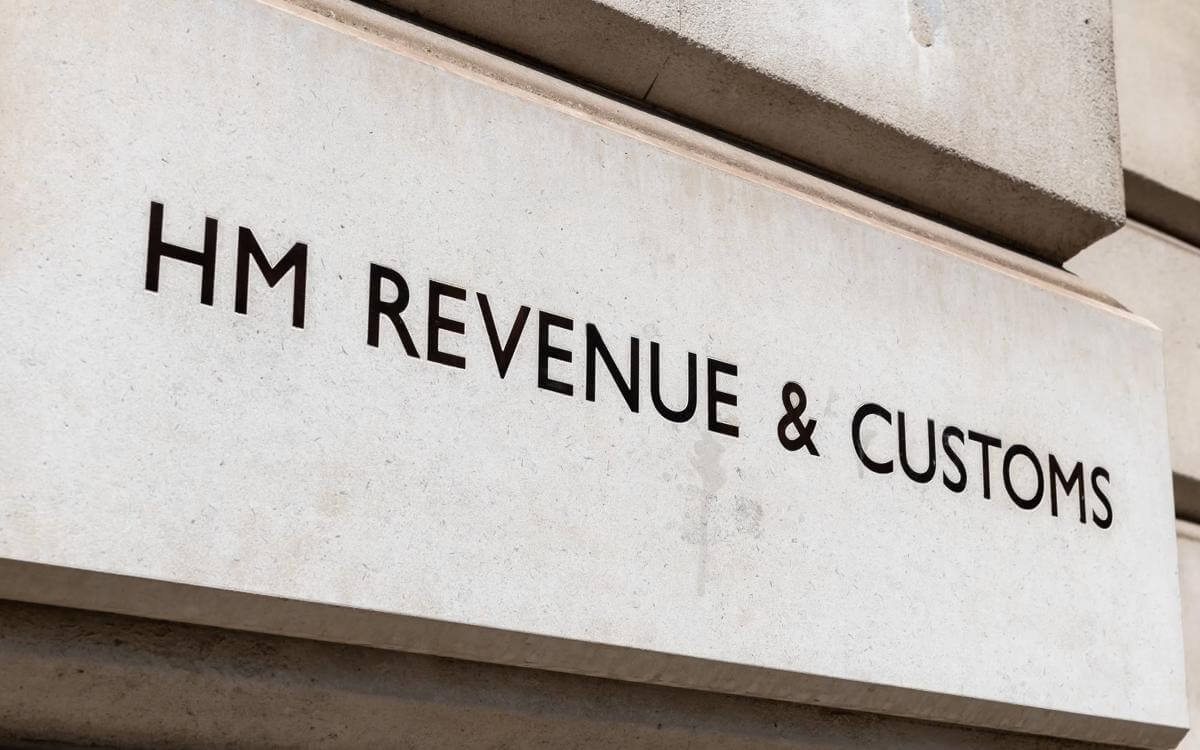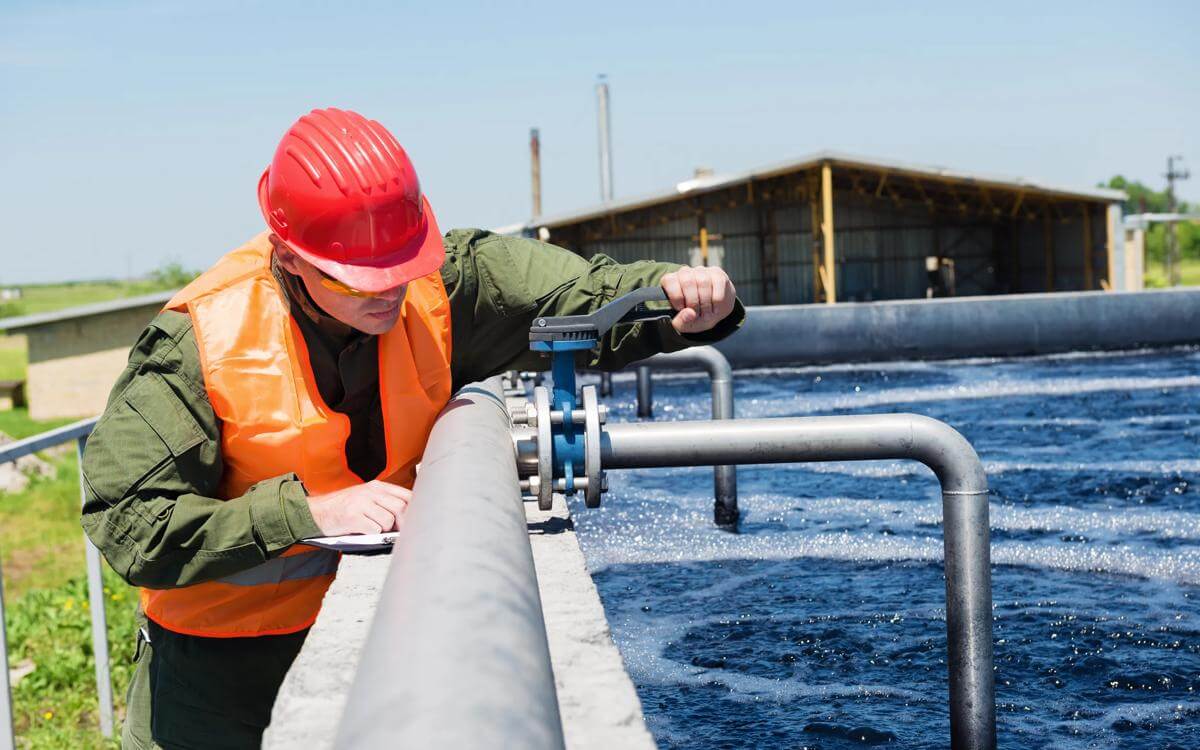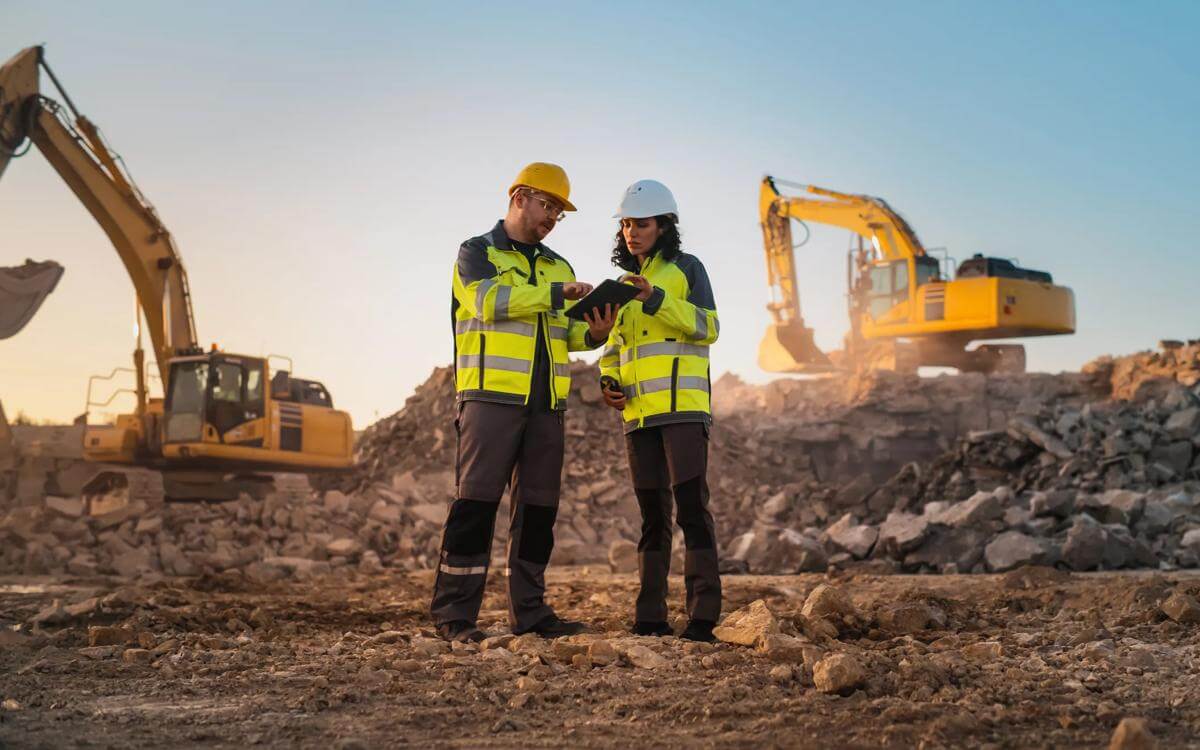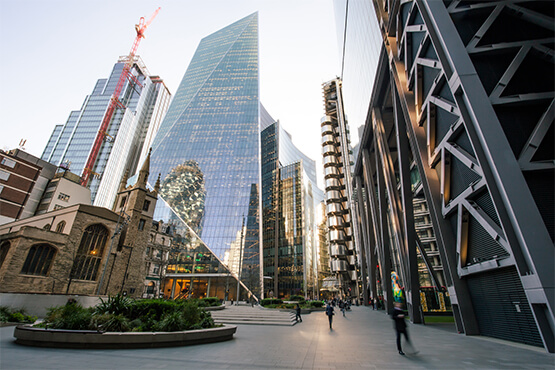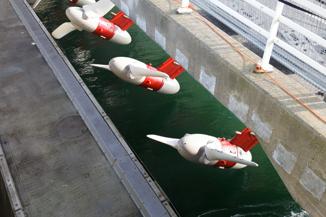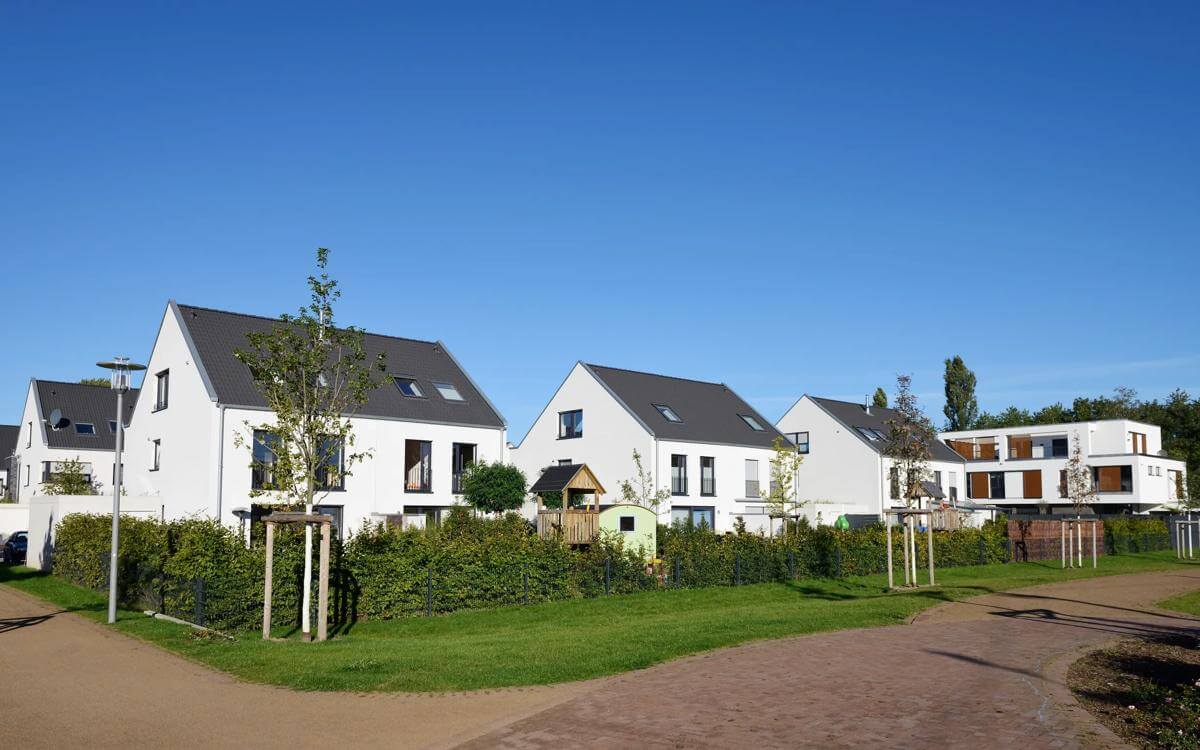Sustainable finance - great opportunity but there are risks for businesses that do not engage
The sustainability/ESG (Environmental, social and governance) agenda is accelerating fast with business and this impacts a whole range of areas including finance, employees, investors, suppliers, brand reputation, etc. It's about making business future-proof.
Sustainable finance is a crucial part of this. In summary there are two aspects to this.
- Sustainability-linked loans: loans for general corporate purposes where the corporate signs up to certain ESG metrics which if met lead to a step down in the interest rate.
- Green/transition finance: finance for green projects; converting fleets to EVs, installing biomass boilers, smart building technology, PV panels…
There's a significant amount of green finance now available from the banks and other funders - and on attractive terms; for example, lower interest rates compared to standard finance, cash back on loans payable one year after the green project has gone live and certain banks will factor in any future savings from the green project when assessing the borrower's EBITDA to support the green loan.
Importantly for the urgent challenges that COP27 highlights, businesses of all sizes need to be able to access sustainable/green finance and transparency with this is fundamental to its credibility. Funders need to be sure the green KPIs/projects are delivered and so that does involve detailed monitoring and reporting. However, for corporates in the mid-market, these compliance and disclosure demands of investors and lenders can be very costly. They often do not have the internal resource that investment grade corporates have to commit to this.
So how is this sustainable finance sector developing in the mid-market?
There's an acknowledgment that the main progress to date has been with the large investment grade corporates and so there is much more to do to maximise the impact the finance industry can have across the world economy to drive environmental change.
A major focus going forwards has to be on the "long tail" i.e., developing sustainable finance so it is accessible to mid-market/SME businesses and the finance sector is looking to respond to this by:
- simplification/standardisation of disclosure and reporting of ESG metrics.
- "trickle down": large corporates have an important role to support mid-market/SME businesses where such businesses are in their supply chain e.g.: supplier finance facilities offered by large corporates to help these businesses adapt their processes so they are more “E efficient”. This then positively impacts the large corporates' Scope 3 delivery.
And private equity will have an important role when investing in the mid-market. PE will drive ESG change because their investors will demand that.
- transition planning - this is key and mid-market/SME businesses may well be delivering a degree of positive environmental impact without knowing it. Funders have tools that businesses can use to assess at the outset where they are on the sustainability journey and suggestions as to how they move forward.
Finally, the bottom line is if mid-market/SME businesses do not adapt to the ESG agenda and improve their sustainability then in 5 years (maybe shorter!) they will find it difficult to access mainstream bank finance. So, they will then have to go elsewhere for their finance. That will inevitably be more expensive and so add material cost to their business at a time when operating costs are already running high. On the positive side, those businesses that invest in their sustainability will find that their access to capital improves.
If you would like further details about sustainable finance, then please contact Paul Ray, Partner Browne Jacobson LLP or any member of the banking and finance team.



